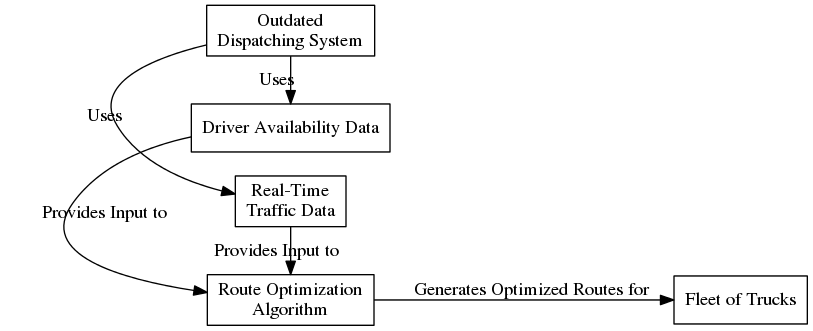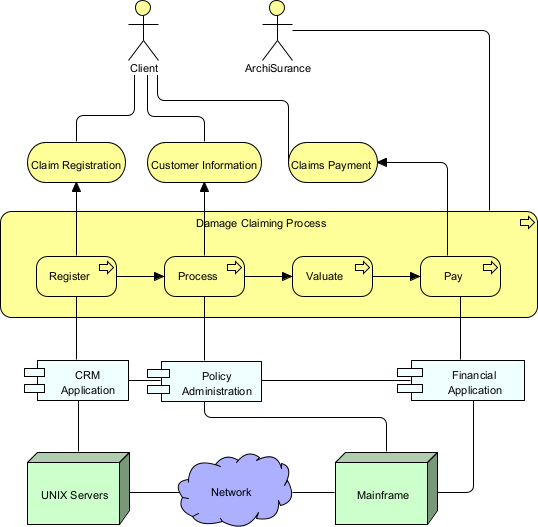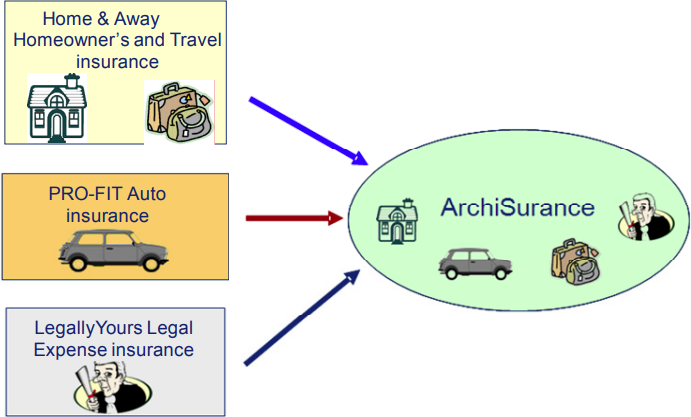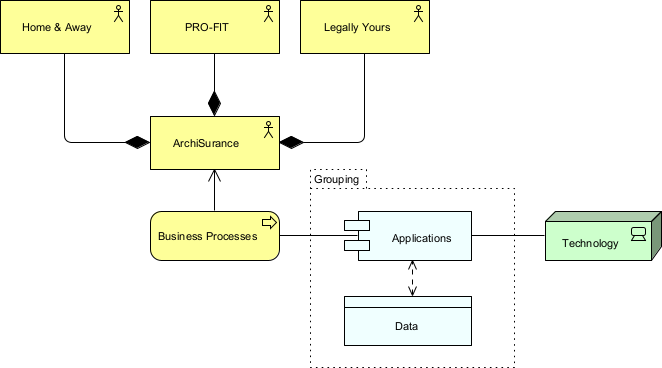Solution Concept Diagram: Artifacts of Vision Phase
The Solution Concept Diagram is a recommended diagram type in the older version of TOGAF ADM that is used to provide a high-level design of a solution. This diagram is used to depict the key components of a solution and their relationships. It is a simplified, conceptual view of the architecture model, which is easy to understand for non-architects. In this context, the Solution Concept Diagram can be considered as an earlier version of the ArchiMate Introductory Viewpoint.
What is a Solution Concept Diagram
The Solution Concept diagram is a high-level visualization of the intended solution that will meet the objectives of an architecture engagement. It serves as an initial sketch of the solution and provides an orientation for stakeholders involved in the change initiative.
The diagram may include objectives, requirements, and constraints that will guide the architecture engagement. It also highlights work areas that need to be explored in more detail during the formal architecture modeling phase.
The primary purpose of the Solution Concept diagram is to ensure that all stakeholders are on the same page regarding the expected solution approach and its ability to meet the needs of the enterprise. By aligning everyone’s understanding, it helps to ensure that the architecture engagement can move forward with a shared understanding of the solution’s goals and constraints.
Overall, the Solution Concept diagram is an essential tool for providing a high-level view of the intended solution that serves as a starting point for further exploration and refinement.
Example – Transportation Company
A transportation company wants to optimize its delivery routes and reduce fuel costs. The company has a fleet of trucks and uses a dispatching system to assign drivers to deliveries. However, the dispatching system is outdated and does not take into account real-time traffic conditions or driver availability.

Replacing Solution Conceptual Diagram with ArchiMate Introductory Viewpoint
The solution concept diagram is a recommended diagram type in the older version of TOGAF ADM (version 9.1 or earlier), which is used to depict the high-level design of a solution. It is similar to the introductory viewpoint in ArchiMate, in that it aims to provide a simplified, high-level view of the architecture model, using a less formal notation that is easy to understand for non-architects.
The solution concept diagram typically includes boxes or nodes that represent key solution components, such as business applications, infrastructure components, and data stores, as well as lines or arrows that show the relationships between these components. The focus is on providing a conceptual overview of the solution, rather than a detailed technical design.
While the solution concept diagram predates the introduction of ArchiMate, it serves a similar purpose and can be used as an alternative approach for conveying the introductory viewpoint of an architecture model.
Introductory Viewpoint
The Introductory viewpoint in ArchiMate is designed to be less formal and more intuitive, using simplified notations to convey the essence of an architecture model. This viewpoint is useful when the design trajectory is just starting and not everything needs to be detailed yet, or when explaining the architecture to non-architects who may not be familiar with the more structured and detailed visualization.
The simplified notation uses concepts represented by slightly thicker lines with rounded corners and relationships denoted by simple lines, except for “triggering” and “realization” relationships, which are represented by arrows. The “realization” arrow points in the direction of the realized service.
The example provided purposely has a less formal layout to avoid the impression that the design is already fixed. Overall, the Introductory viewpoint aims to convey the key aspects of the architecture model in a way that is easy to understand and avoids any premature assumptions about the design.

Example: ArchiSurance Problem Scenario
ArchiSurance is a newly formed insurance company resulting from the merger of three previously independent companies: Home & Away, PRO-FIT, and Legally Yours. The company has three divisions, each specializing in different types of insurance. ArchiSurance aims to take advantage of synergies between the three organizations to control costs, maintain customer satisfaction, invest in new technology, and take advantage of emerging markets. The company sells directly to consumers and small businesses through various channels.
The merger has presented integration and alignment challenges for ArchiSurance’s business processes and information systems. The ArchiSurance baseline architecture includes components such as business processes, applications, data, and technology, all of which require alignment to ensure the successful integration of the three previously independent companies.

Represent Solution Concept Diagram using ArchiMate

Summary
Both of the introductory viewpoint in ArchiMate and the solution concept diagram in TOGAF ADM aim to provide a simplified, high-level view of the architecture model. The introductory viewpoint in ArchiMate is a simplified notation that uses simple lines and slightly thicker concepts, while the solution concept diagram includes boxes or nodes and lines or arrows to show the relationships between components. While the solution concept diagram is recommended in the older version of TOGAF ADM, it serves a similar purpose to the introductory viewpoint in ArchiMate and can be used as an alternative approach for conveying a conceptual overview of the architecture model.

